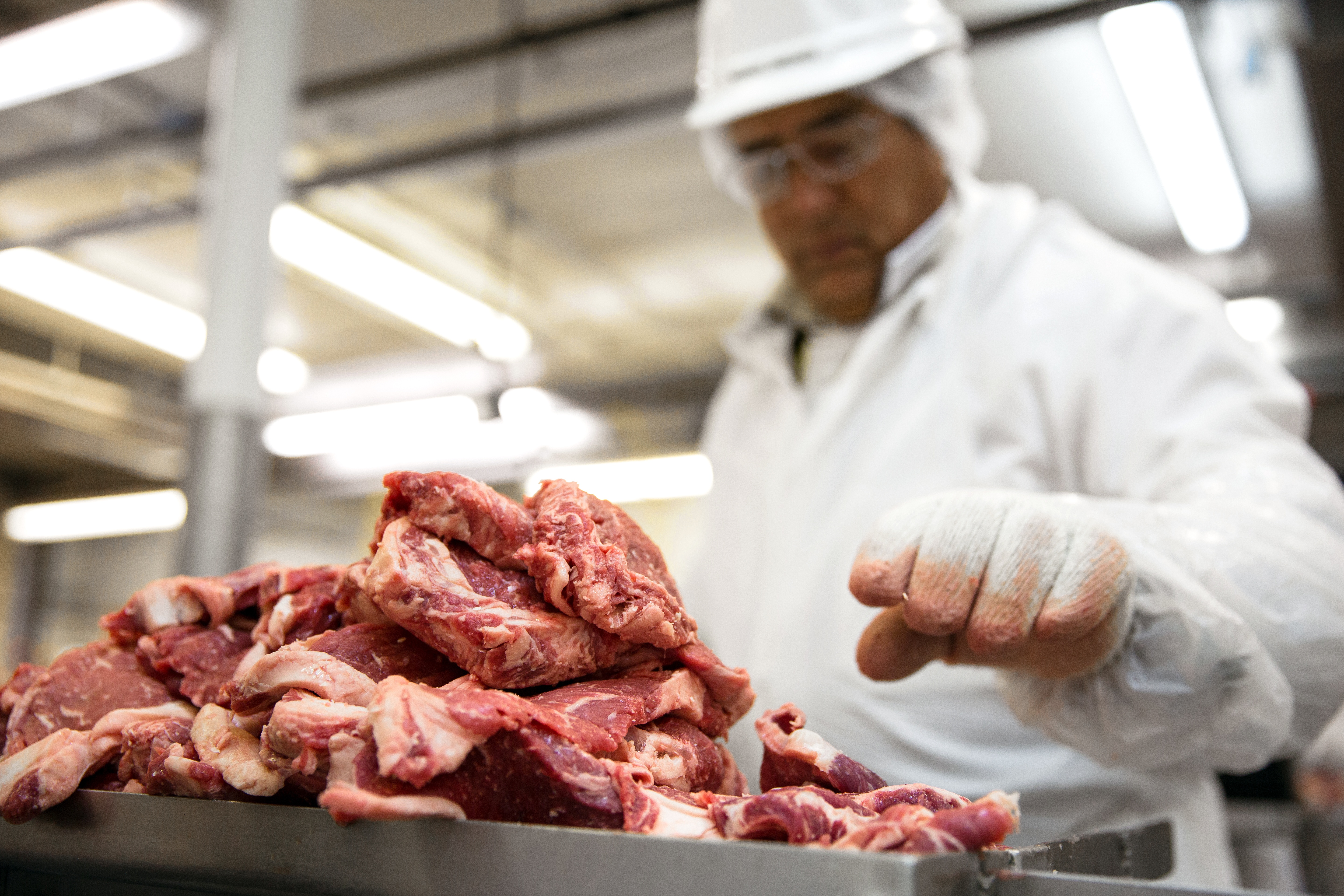Don’t let your company fall victim to expensive product recalls. Find out what the top three causes of food recalls are, and learn how to protect your business.
Recalls are one of the realities of working within the food business, but that doesn’t mean your company has to be one of the culprits. Understanding the primary causes of product recalls will help safeguard your business against this costly and reputation damaging process. Listed below are the three main causes of product recalls:
- Cross Contamination
It’s not uncommon for food manufacturing plants to process a number of different ingredients in the same factory. This increases the risk of cross contamination, which takes place when allergens like milk, wheat, soy and peanuts come into contact with other food products. According to Food Standards Australia and New Zealand (FSANZ) statistics, undeclared allergens were responsible for 33.7% of food recalls between 2007 – 2016.
Tips to prevent cross contamination:
- Have well established cleanup procedures for spills
- Train all staff on allergen management
- Make sure product labels are regularly screened for accuracy
- Use easy to clean equipment: self-draining, smooth edges and rounded corners
- Pathogens
Contamination from pathogens effects all consumers, and they can cause widespread illness and even death. Listeria, e coli and salmonella are the three most common pathogens to contaminate food supply chains - and unhygienic manufacturing processes are often to blame. Common sources are raw foods, processed meats, dairy and shellfish. Pathogens were responsible for 30.8 % of food recalls in the decade between 2007 – 2016, according to FSANZ statistics.
Tips to prevent pathogens:
- Separate raw ingredients from cooked and ready-to-eat products
- Control temperature and moisture levels to reduce bacteria and mould
- Implement a regular routine of pest-control techniques
- Choose easy to clean equipment and wash all surfaces regularly
- Physical Contamination
Physical contamination is what takes place when non-food items make their way into the food supply chain. Metal, plastic, wood, insects and animal droppings are examples of physical contaminants, and they can be very dangerous if consumed – causing illness or even death. Metal from food processing equipment is one of the most common causes. According to FSANZ statistics, physical contamination was responsible for 18.4% of food recalls between 2007 – 2016.
Tips to prevent physical contamination:
- Make sure staff are equipped with adequate protective gear
- Ensure that all equipment is subject to regular maintenance checks
- Use trustworthy suppliers and examine raw materials before use
- Have safeguards like x-ray scanning, metal detection, filtration or sieving
The three main causes of recalls in Australia are cross contamination, pathogens and physical contamination. Don’t let your business become one of the statistics – with the right training and awareness you can be spared the inconvenience of costly food recalls.
Ensure you and your team have up-to-date knowledge on product recalls! Get your FREE 'Product Recall Guide' today.






